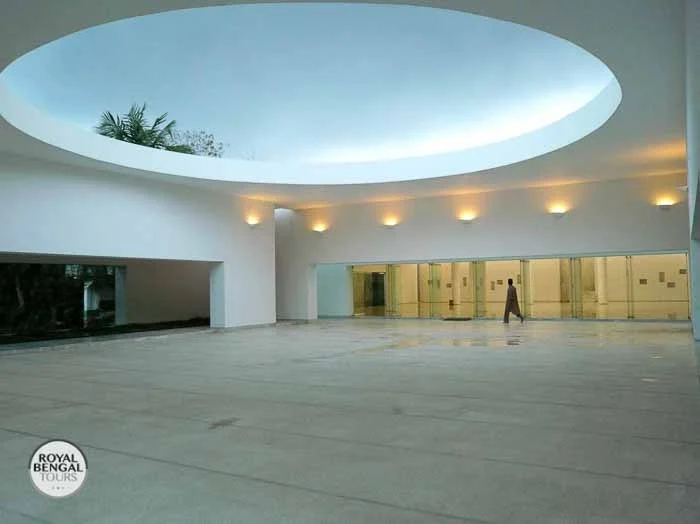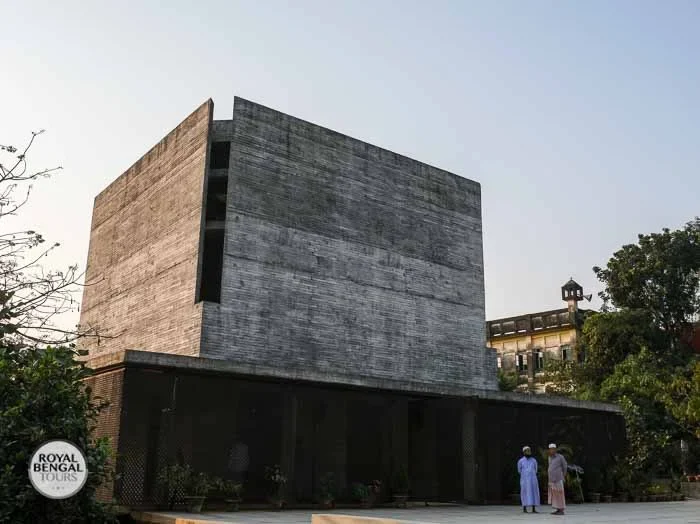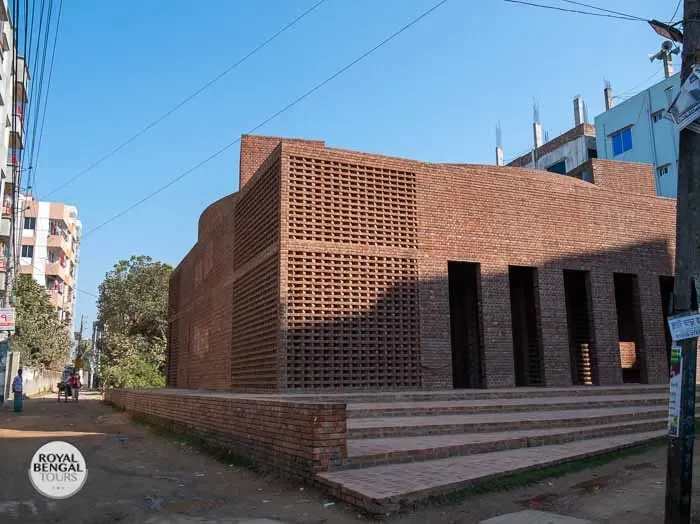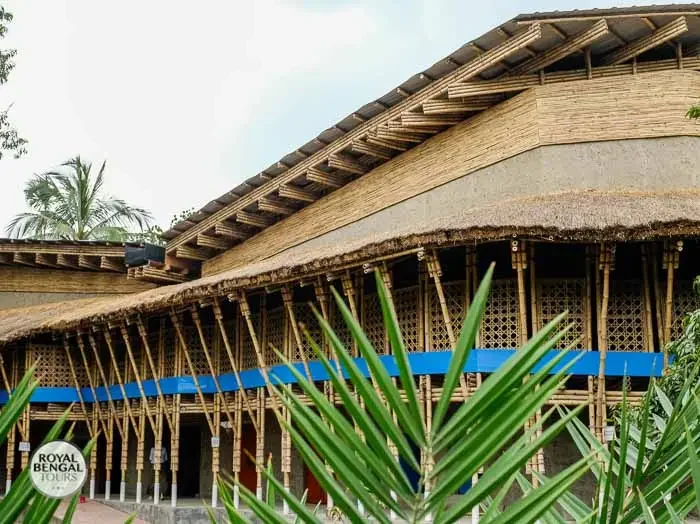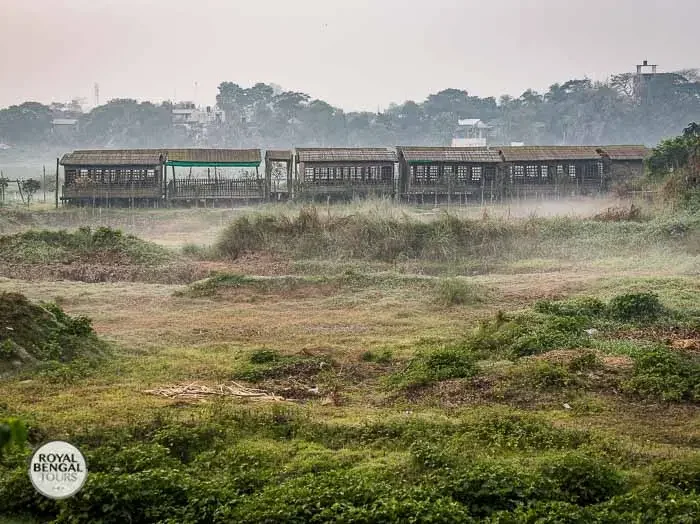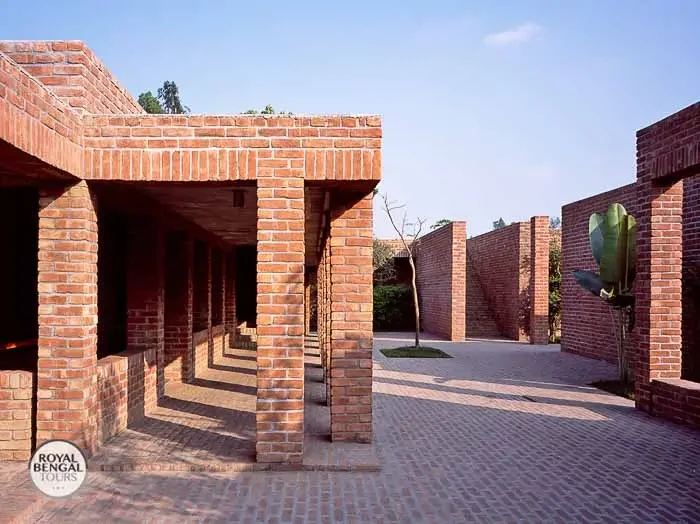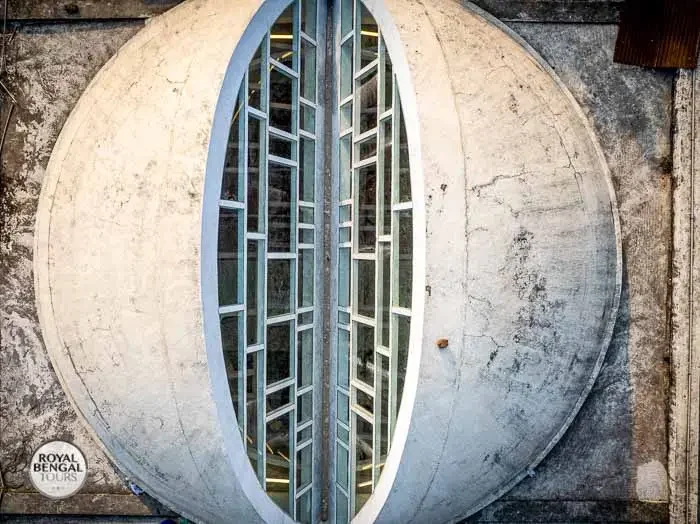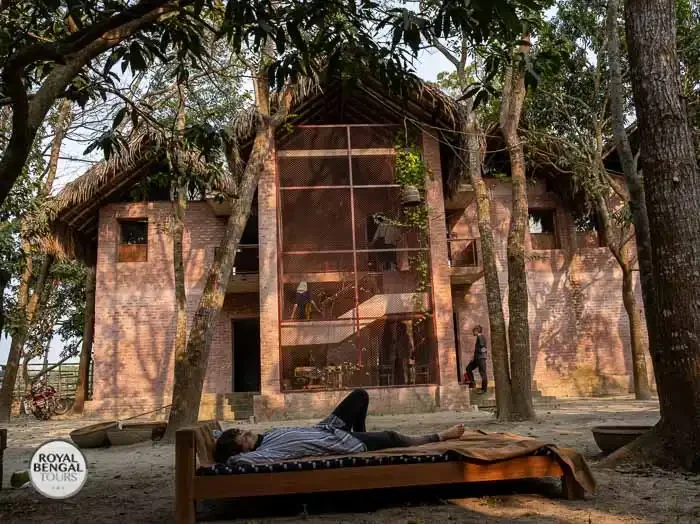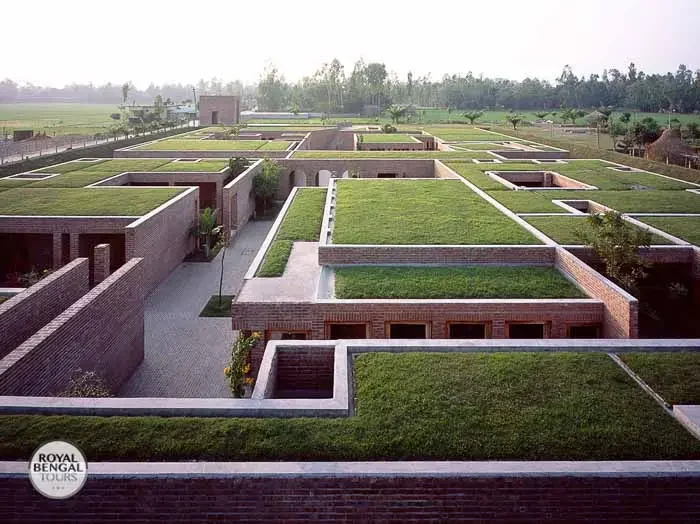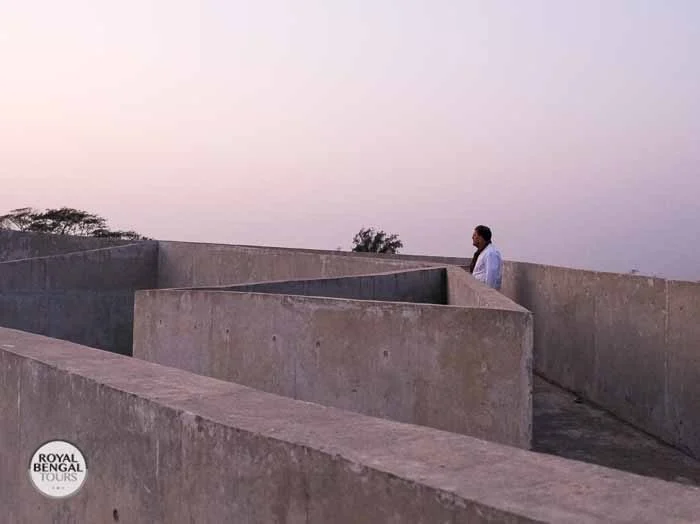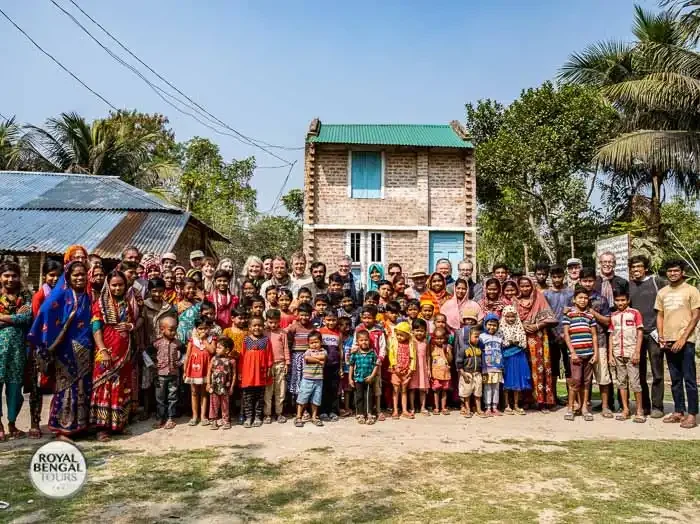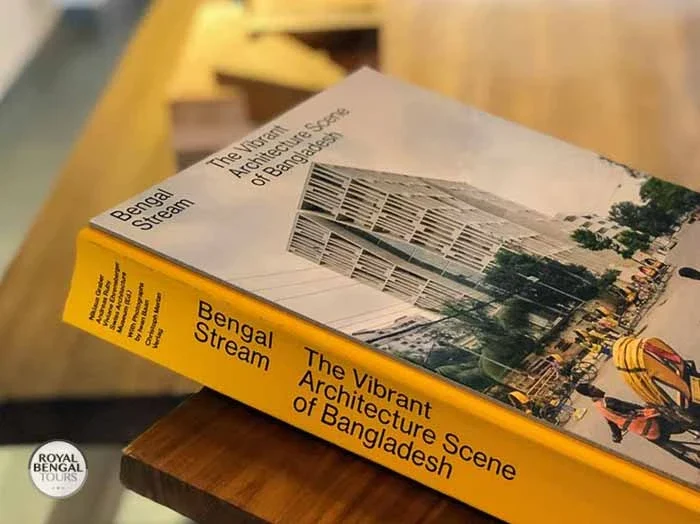Exploring the Country's Rich Architectural Heritage
Architect Trip to Bangladesh
An architecture trip to Bangladesh offers a unique opportunity to explore contemporary, ancient architecture and understand their significance. Bangladesh has a diverse architectural history and heritage that draws inspiration from numerous cultures and time periods.
Bangladesh is a land of contrasts, where ancient and modern, rural and urban, natural and artificial coexist in a dynamic and intricate harmony. The nation’s architecture has a long and illustrious history that reflects the influence of diverse cultures, religions, and climatic conditions. From the magnificent mosques and mausoleums of the Mughal era to the bamboo and mud houses of the rural villages, from the colonial buildings of the British Raj to the contemporary works of local and international architects, Bangladesh offers a wealth of architectural experiences and lessons.

Dhaka, the capital metropolis of Bangladesh, has a rich architectural history. From the historic Ahsan Manzil to the contemporary National Parliament House, it provides architects with numerous opportunities for exploration. Dhaka’s old town contains a number of historic structures and mosques that illustrate the city’s distinctive architectural style.
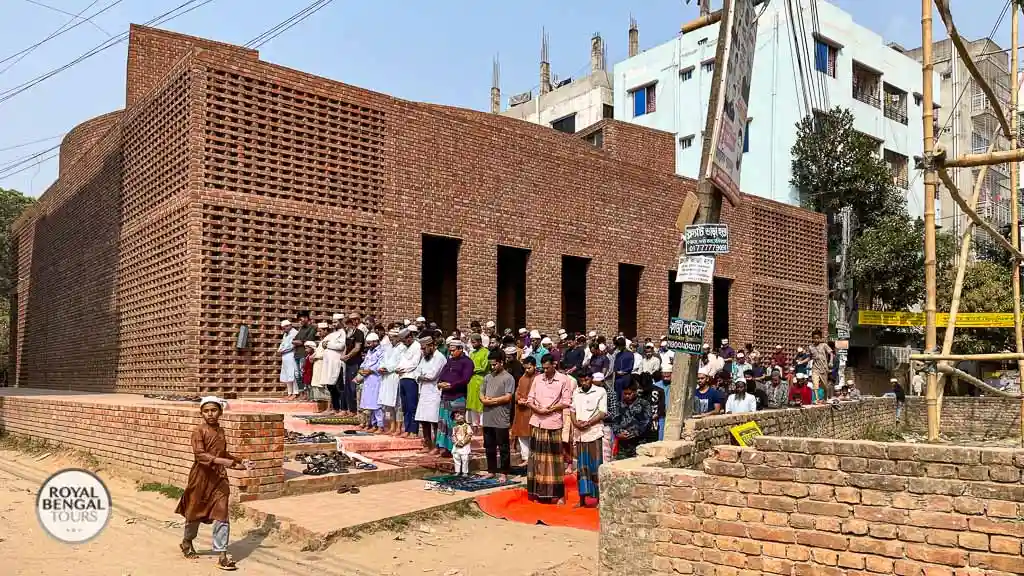
The National Parliament Building of Dhaka was designed by the legendary American architect Louis Kahn. The structure is a monumental masterpiece of geometry, light, and shadow. The immense concrete building has a combination of a series of geometric shapes that create a variety of spaces for different purposes. The building is connected to the neighboring landscape by a moat and a garden that encircles it. Natural light filters through the skylights and perforated walls to illuminate the interior spaces. The interior spaces are illuminated by natural light that filters in through the skylights and perforated walls. The building is not only a national identity and a symbol of democracy but also evidence of the genius and creativity of architect Louis Kahn.

Dhaka’s Bait Ur Rouf Mosque, designed by local architect Marina Tabassum, is another extraordinary structure. The mosque is a cube that stands on a plinth above a body of water. Ventilation and natural light can penetrate the prayer hall through the cube’s circular openings. On the walls and floor, the openings produce a spectacular effect of light and shadow. The mosque is constructed from native materials, including masonry, terracotta, bamboo, and wood. The mosque is a spiritual and tranquil space that embodies the substance of Islamic architecture.
In the southeastern corner of Bangladesh, Bagerhat is a UNESCO World Heritage Site and home to a number of Islamic and Hindu monuments from the 15th and 16th centuries. Sixty Dome Mosque is the most remarkable archaeological site and an exceptional example of the Sultanate period’s Islamic architecture.
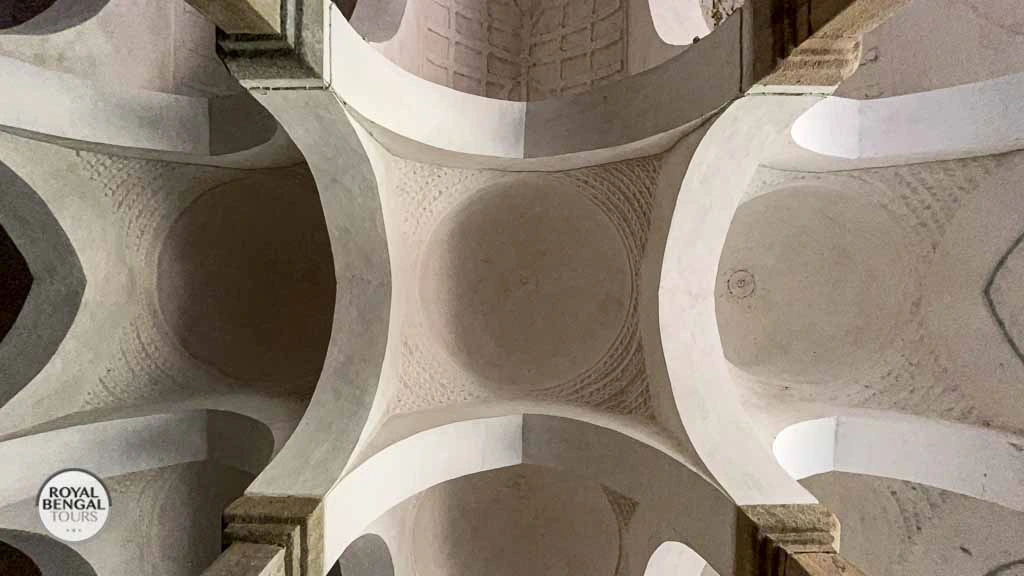
Puthia is a Bangladeshi hamlet renowned for its ancient Hindu Temples and architecture. Puthia is located in the northwest corner of Bangladesh. This little village has the highest number of Hindu temples and structures in Bangladesh within such a small area. This village houses the largest Shiva Temple, Govinda Temple, and Jagannath-terracotta Temple, which display the region’s distinct blend of Hindu and Islamic architecture.
Sonargaon is a historic city that was once the capital of the Bengal Sultanate. It is located near Dhaka. Panam City, a collection of 52 dilapidated buildings showcasing the region’s distinct blend of Mughal and European architecture, is one of the city’s many historic structures.
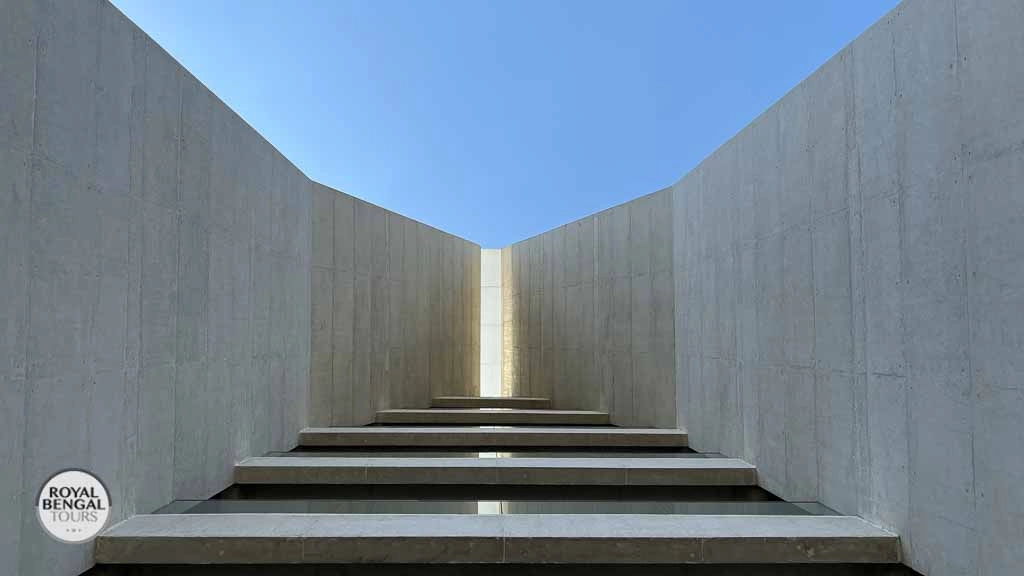
Chittagong is the second-largest metropolitan city in Bangladesh, with the largest seaport within, and possesses an extensive architectural history. Several historic structures, such as the ancient and modern Mosques – temples and church, Chittagong Court Building, and the Portuguese Fort, illustrate the city’s distinctive mixture of colonial and Islamic architecture. Local architects are working to bring a series of architectural heritage that are hidden around Chittagong.
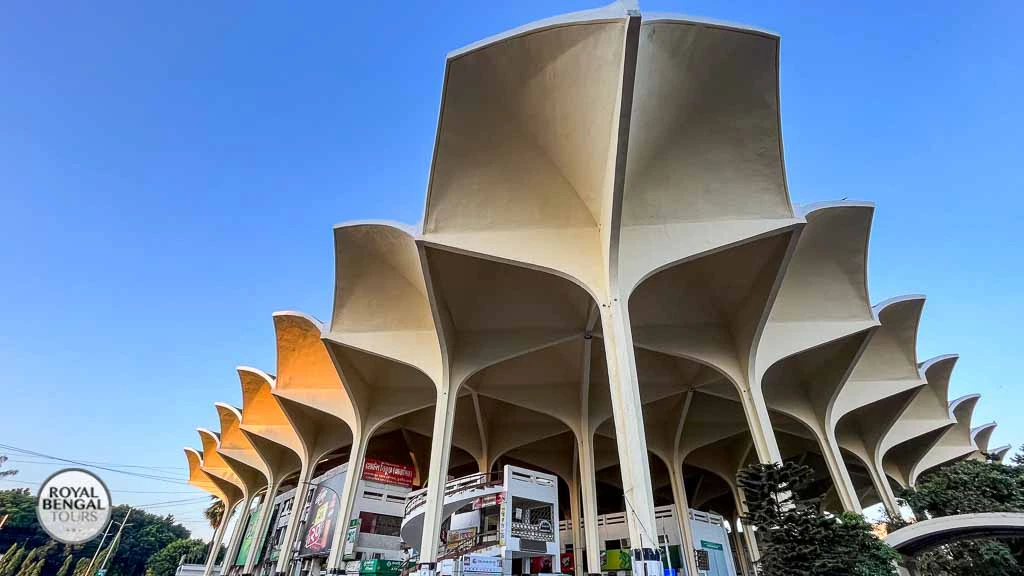
Besides these famous buildings and architecture, it’s also interesting to explore the everyday architecture of Bangladesh. People who leave in hard situations like natural disasters, and hunger, will amaze you with their creativity and warmth. It is fascinating to learn how they utilize local materials, techniques, and traditions to construct their house and community. And how they express their culture and identity through their architecture.
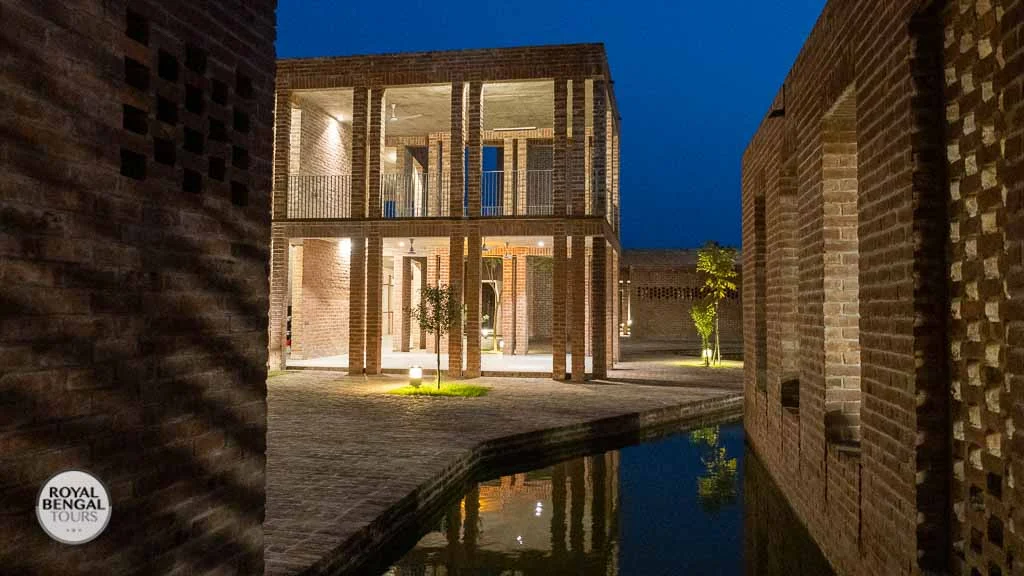
A trip to Bangladesh for an architect is an eye-opening and enriching experience that will broaden their perspective. You have opportunities to learn much from the people, their architecture, their magnificence and diversity. From the Bagerhat’s sixty Dome Mosque to the historic buildings of Chittagong, this country provides architects with a vast opportunity to learn and comprehend the significance of the nation’s architecture. Architect trip to Bangladesh can be a trap for your frequent returns to discover more of this amazing country. It is very easy to fall in love with this country, culture and people, be careful.

